-
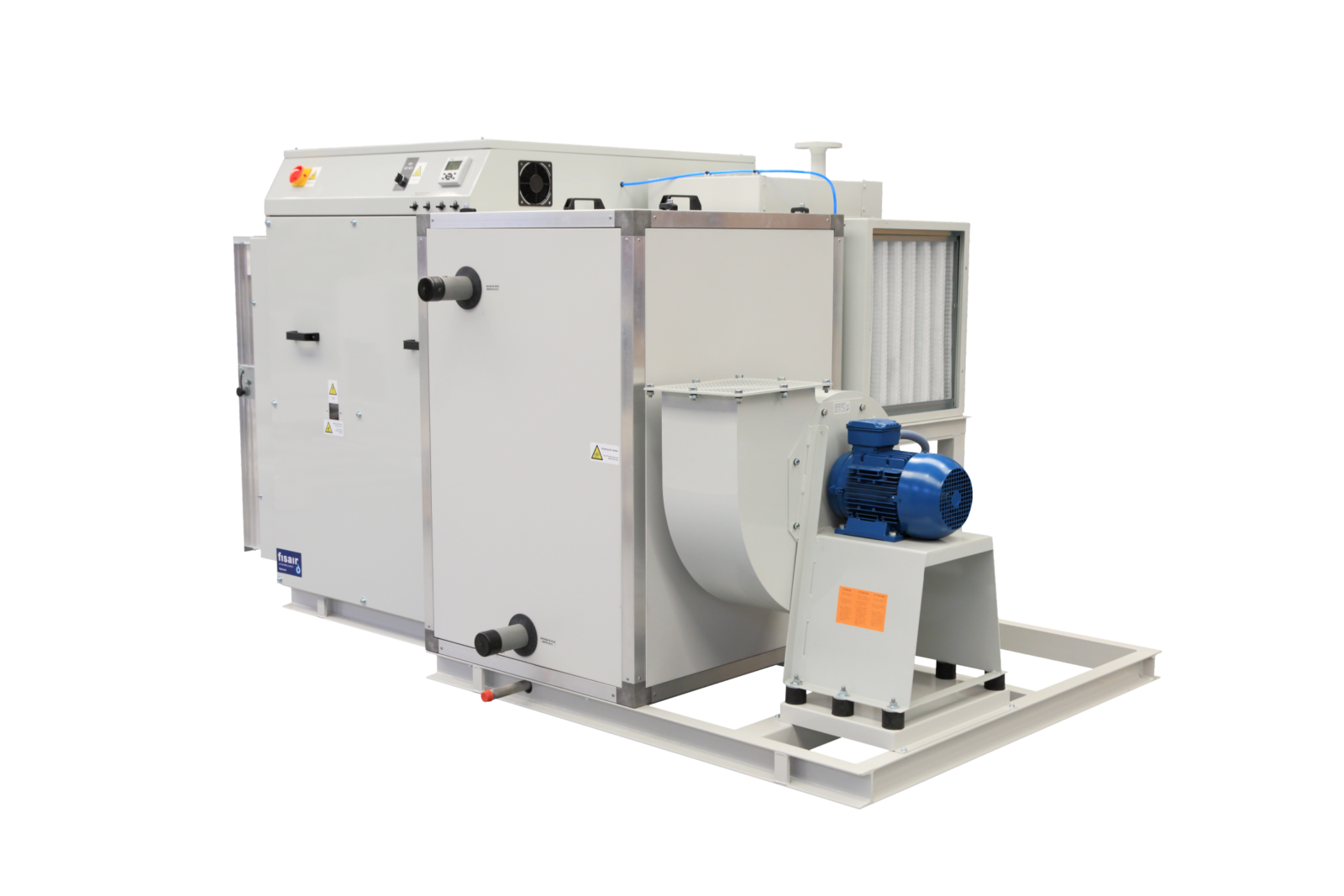 A wide range of Solutions. Highly reliable units with drying capacities from 4 to 42 kg/h and dry air flows from 450 to 6.000 m3/h.
A wide range of Solutions. Highly reliable units with drying capacities from 4 to 42 kg/h and dry air flows from 450 to 6.000 m3/h. -
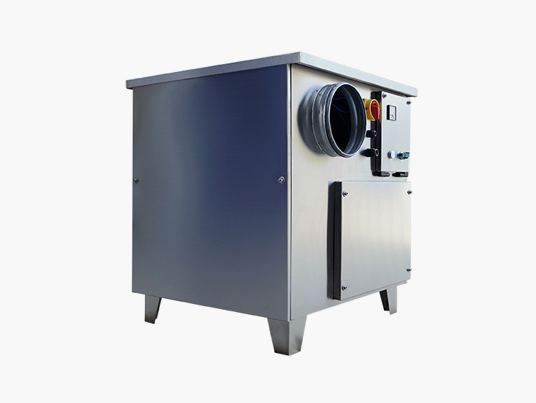 The compact solution. The B series made from stainless steel provides a range of highly compact, robust and portable dehumidifiers for use in the most demanding applications while meeting high reliability and low energy consumption needs.
The compact solution. The B series made from stainless steel provides a range of highly compact, robust and portable dehumidifiers for use in the most demanding applications while meeting high reliability and low energy consumption needs. -
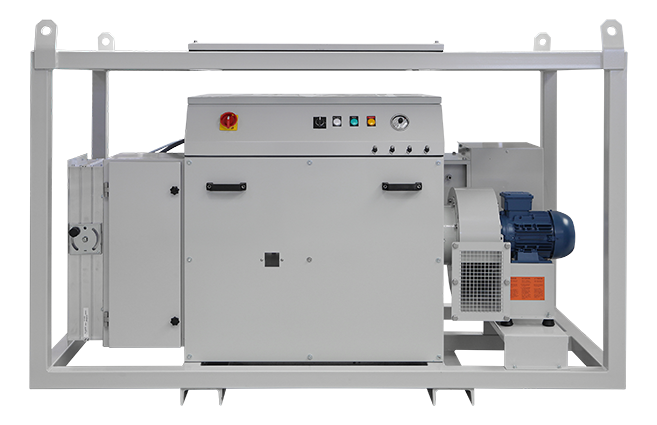 Mobile and heavy duty drying. Series aimed at temporary drying with a robust chassis and finish to protect against corrosion. Ideal for surface treatment and rental applications.
Mobile and heavy duty drying. Series aimed at temporary drying with a robust chassis and finish to protect against corrosion. Ideal for surface treatment and rental applications. -
 The compact solution. This range completes the B series with an additional fan to increase the specific drying capacity and the available wet air pressure.
The compact solution. This range completes the B series with an additional fan to increase the specific drying capacity and the available wet air pressure. -
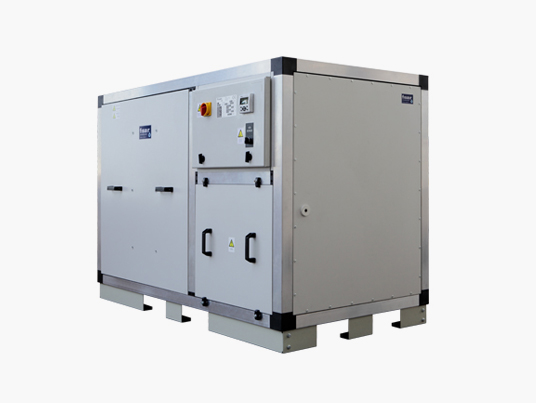 Ice-free energy lossless. Units designed to reduce humidity in refrigerated areas and proceses. Leader in its field in terms of its thermal insulation, robust design and energy efficiency.
Ice-free energy lossless. Units designed to reduce humidity in refrigerated areas and proceses. Leader in its field in terms of its thermal insulation, robust design and energy efficiency. -
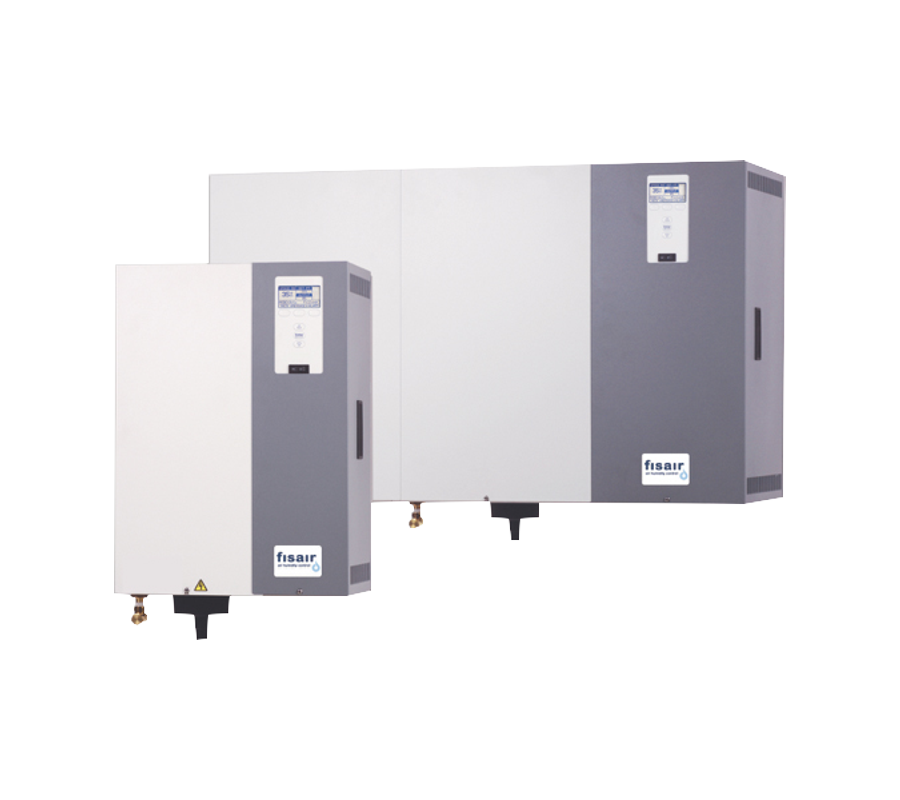 Isothermal self-producer steam humidifiers by submerged electrodes; resistant, compact, economic and precise. It has a stainless steel chassis, controller and wide selection of dispersion systems in accordance with the absorption distance.
Isothermal self-producer steam humidifiers by submerged electrodes; resistant, compact, economic and precise. It has a stainless steel chassis, controller and wide selection of dispersion systems in accordance with the absorption distance. -
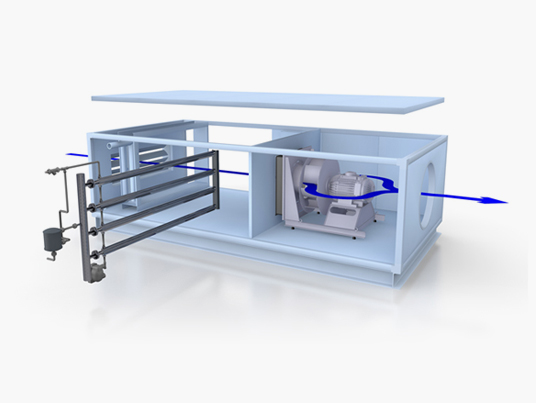 Steam injection humidifiers system designed for work with pressurized boiler steam, with double jacketed piping and steam separator. Air humidification systems.
Steam injection humidifiers system designed for work with pressurized boiler steam, with double jacketed piping and steam separator. Air humidification systems. -
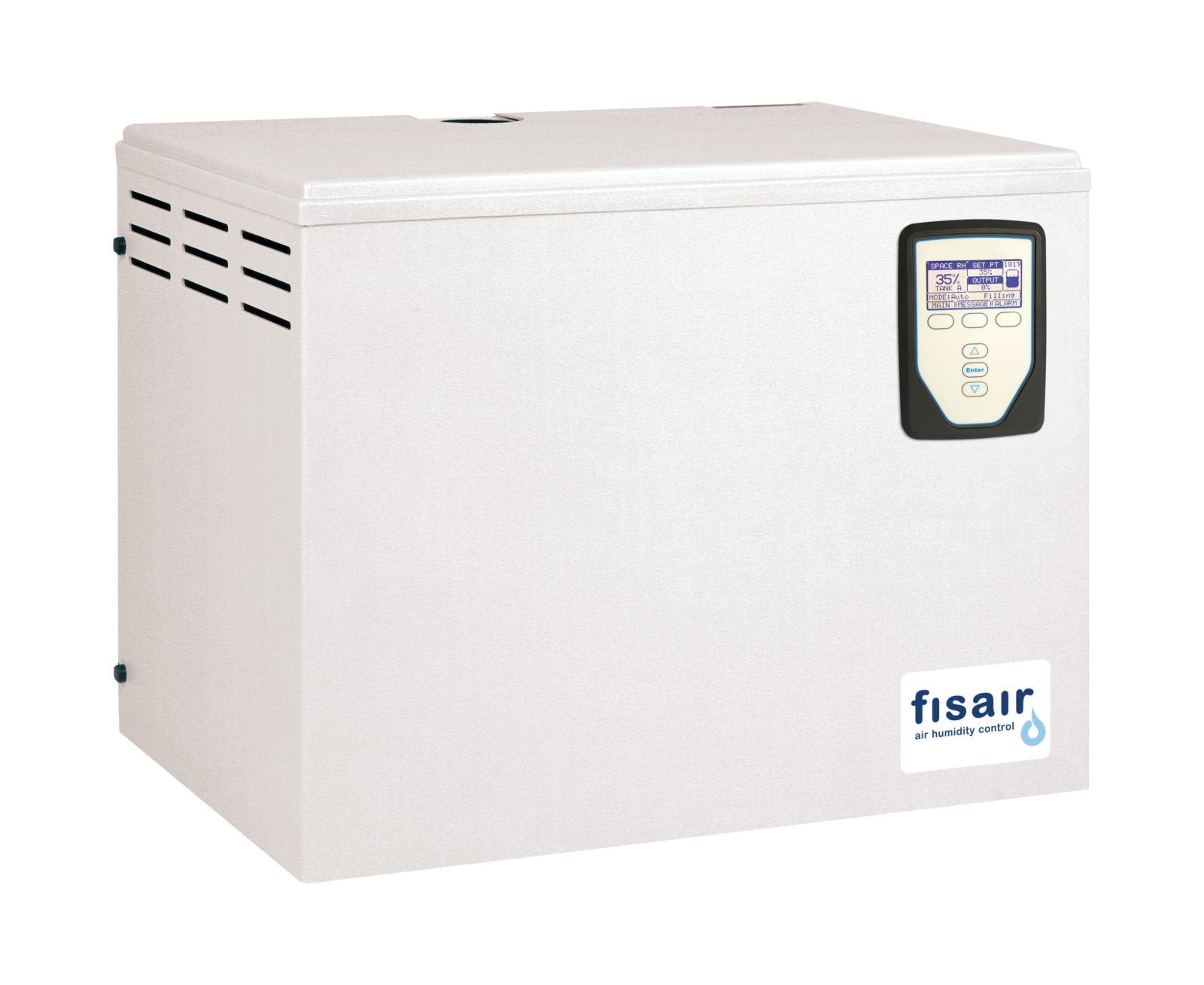 Electric heater isothermal sefl-generating steam humidifiers. Similar to the electrode option but used for any supply water quality. Proportional control.
Electric heater isothermal sefl-generating steam humidifiers. Similar to the electrode option but used for any supply water quality. Proportional control. -
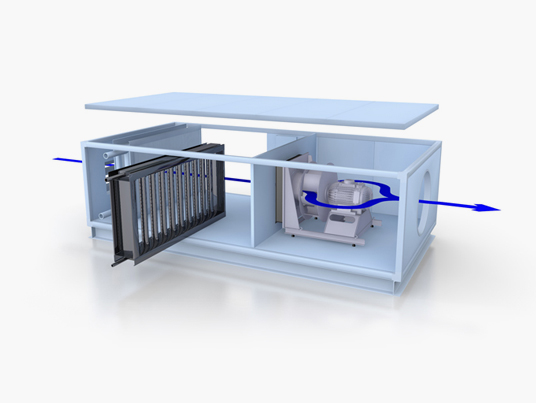 Steam injection/dispersion system for working with pressurised boiler steam or unpressurised steam generated by isothermal steam humidifiers.
Steam injection/dispersion system for working with pressurised boiler steam or unpressurised steam generated by isothermal steam humidifiers.
Reasons to Use Hospital Humidifiers
With the growth of healthcare facilities in both number and size in recent years, and the design and building of these facilities becoming increasingly sophisticated and technological, their environmental impact and future maintenance becomes a vital factor to be considered. This is the case with most new buildings, however, humidity control in hospitals has always been of the utmost importance as it needs to be especially efficient and hygienic to meet current regulations and guidelines. Historically, only a small number of non-industrial projects, almost exclusively hospitals, were designed by dedicated engineers who were not usually specialized in humidification and dehumidification. Today we have hospitals of many hundreds of beds in every capital and even in smaller towns and cities, therefore, we think that discussing the application of humidity control equipment directly with the professionals who ensure the quality of these critical facilities is the way forward.

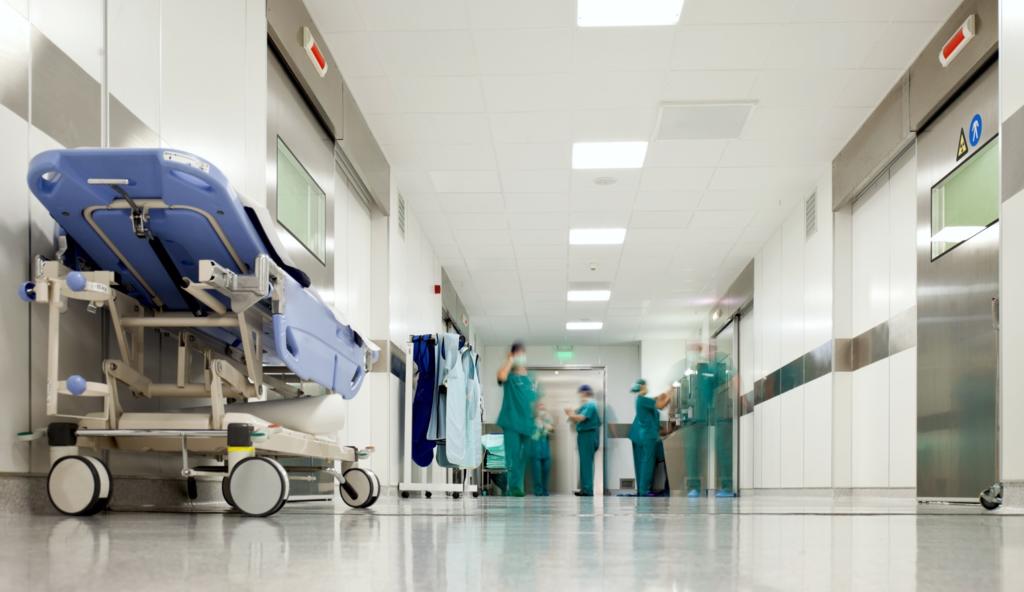
 Most hospital regulations require moisture control within certain limits.
Most hospital regulations require moisture control within certain limits. Human resistance to infection is reduced at both the upper and lower extremes of humidity. At low humidity, the usually protective nasal mucous membranes in the nose and upper respiratory tract dry out, exposing the living skin to direct contact with infectious organisms. Conversely, when the humidity is high, mould, mildew and fungus is able grow, which can release volatile, odorous, organic gases and sporesr.
Human resistance to infection is reduced at both the upper and lower extremes of humidity. At low humidity, the usually protective nasal mucous membranes in the nose and upper respiratory tract dry out, exposing the living skin to direct contact with infectious organisms. Conversely, when the humidity is high, mould, mildew and fungus is able grow, which can release volatile, odorous, organic gases and sporesr.
 When friction occurs between two surfaces, there will be an electrical load from the surface atoms stored on both surfaces, creating a potential difference. Most of the time, when both surfaces are connected to ground, these electrical loads discharge quickly, however, if the electrical resistance of the materials is high, sometimes this load will be released, or discharged, on another surface of lower electrical resistance. This discharge is known as an electrostatic energy discharge.
When friction occurs between two surfaces, there will be an electrical load from the surface atoms stored on both surfaces, creating a potential difference. Most of the time, when both surfaces are connected to ground, these electrical loads discharge quickly, however, if the electrical resistance of the materials is high, sometimes this load will be released, or discharged, on another surface of lower electrical resistance. This discharge is known as an electrostatic energy discharge.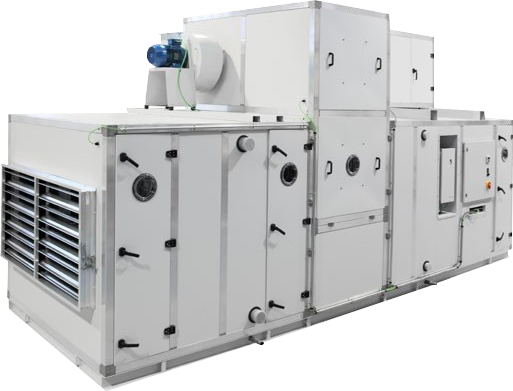
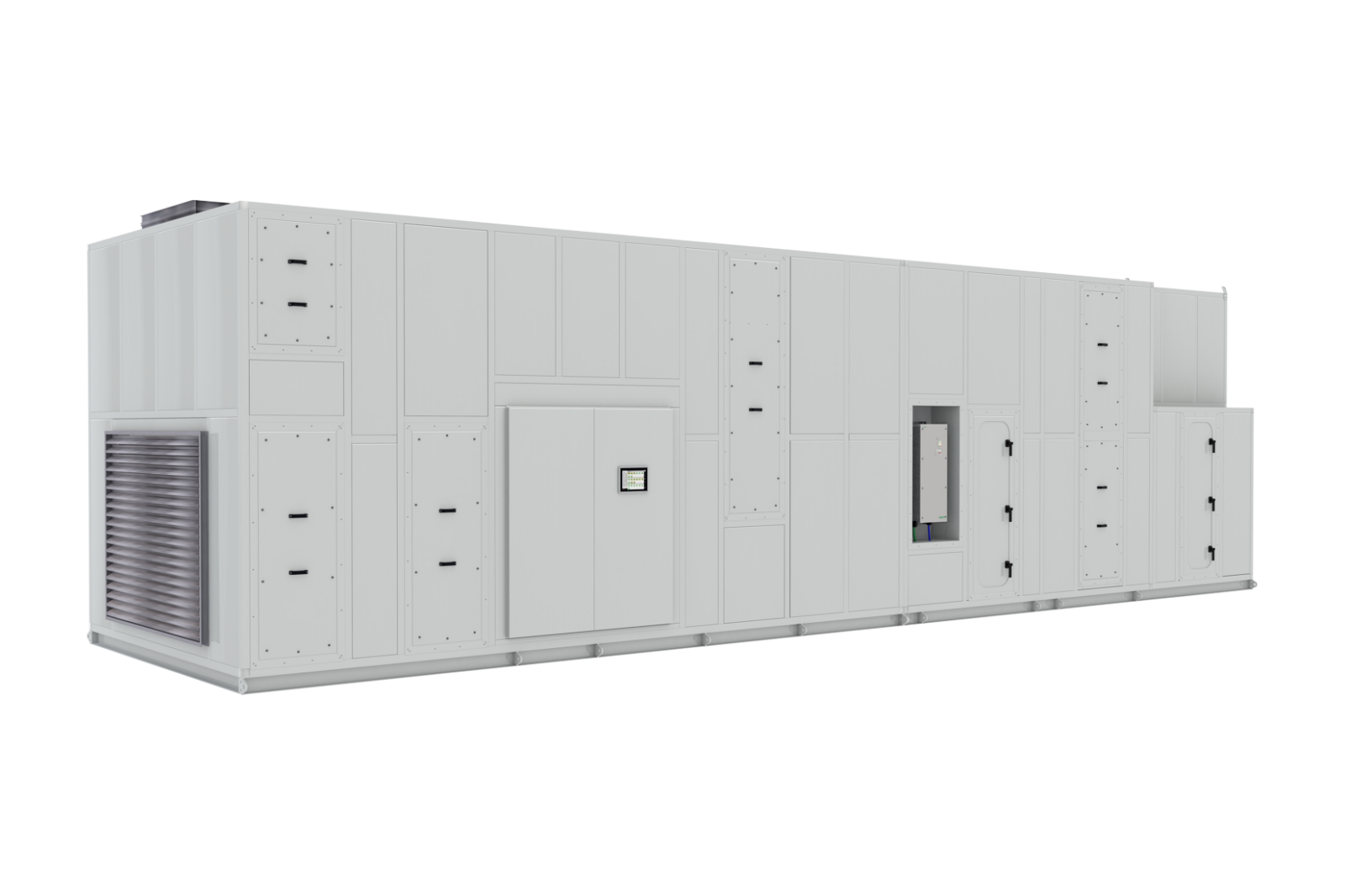

 Our bodies cool down by dissipating heat that causes sweat to evaporate. At 21°C in winter we can be cold because we evaporate too much, due to low relative humidity. At 23°C in summer we can be hot even in light clothing because we do not manage to evaporate sweat, due to high relative humidity in the environment.
Our bodies cool down by dissipating heat that causes sweat to evaporate. At 21°C in winter we can be cold because we evaporate too much, due to low relative humidity. At 23°C in summer we can be hot even in light clothing because we do not manage to evaporate sweat, due to high relative humidity in the environment.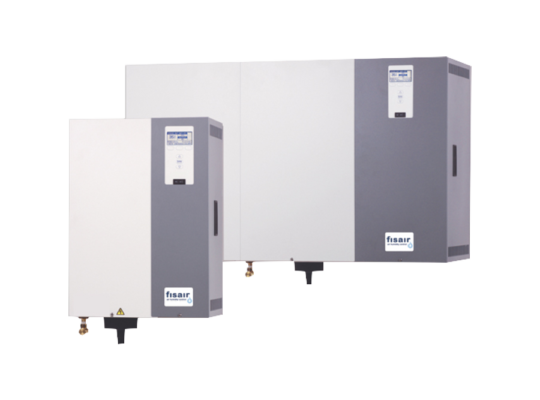
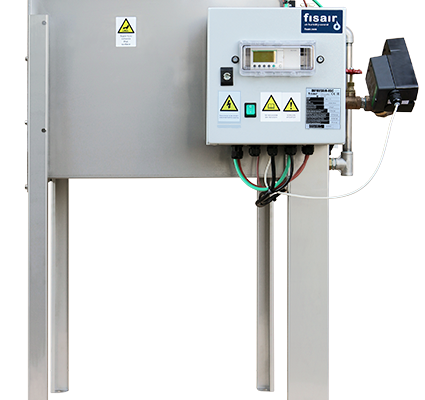
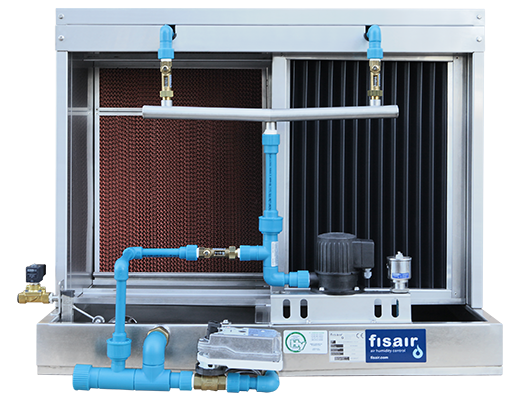
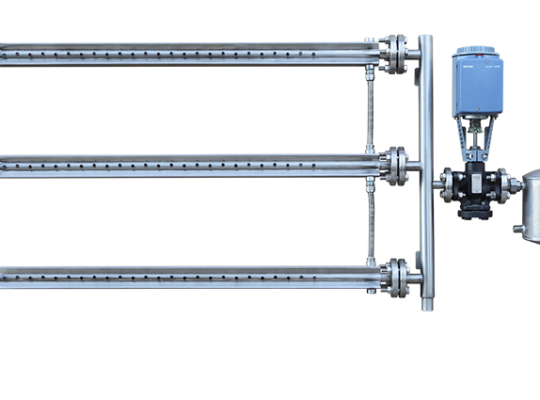
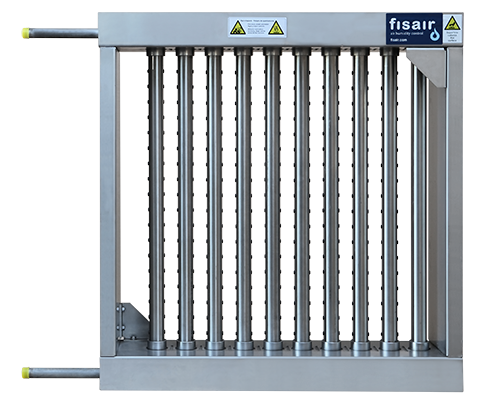


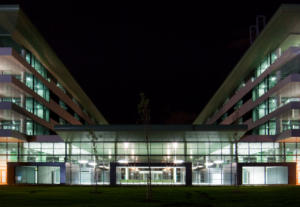 Son Espases Hospital, Mallorca.
Son Espases Hospital, Mallorca.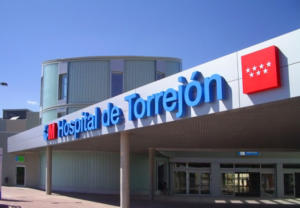 Torrejón Hospital, Madrid
Torrejón Hospital, Madrid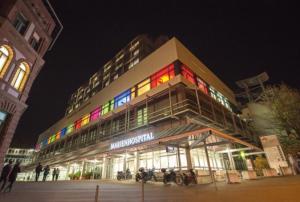 Marienhospital, Stuttgart
Marienhospital, Stuttgart